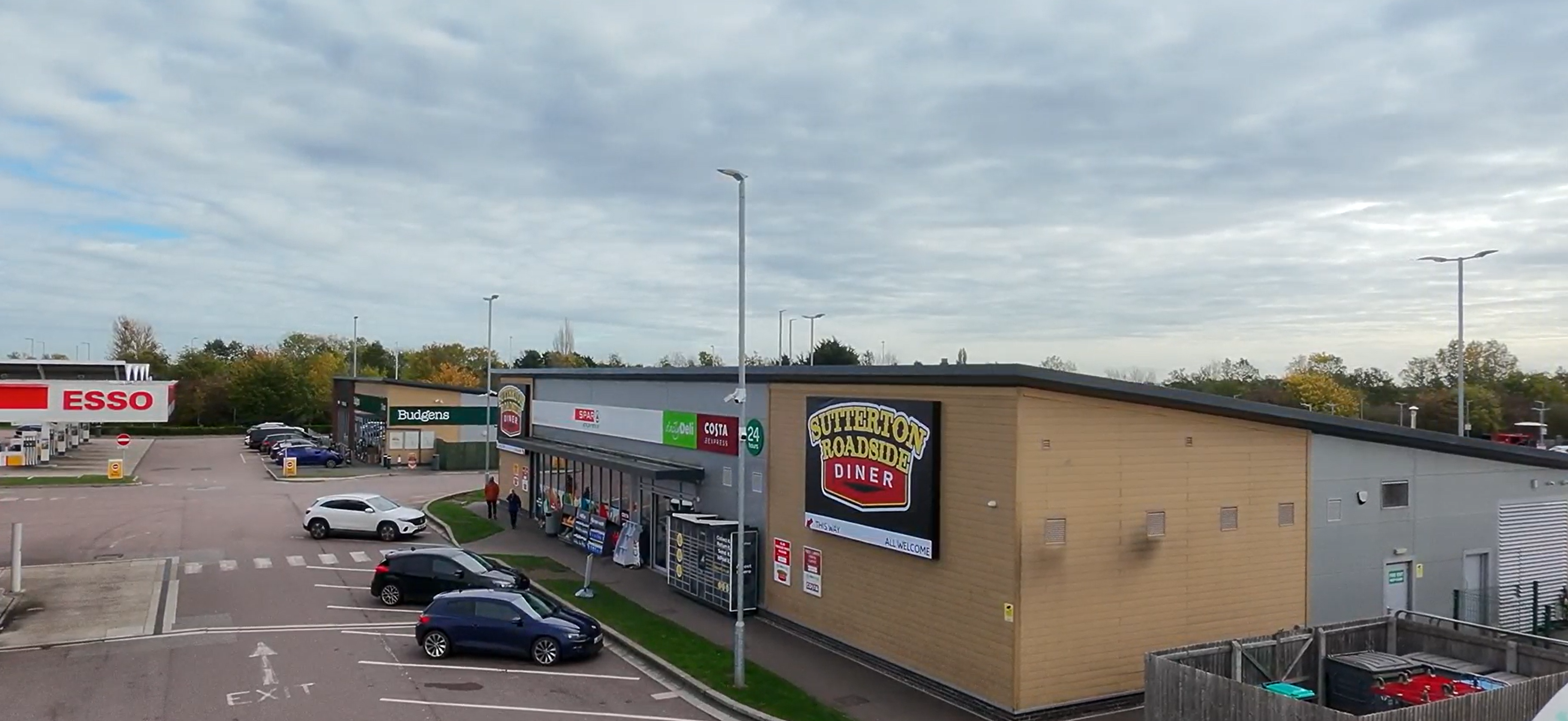
Miranda Blake
Pourquoi le secteur de la logistique est-il si vulnérable à la cybercriminalité ?
Créée: 11/10/2024
•
Mise à jour : 11/10/2024
Nous avons précédemment exploré les [signes de cybercriminalité à surveiller dans le secteur du transport routier] (https://snapacc.com/newsroom/five-common-cybercrime-signs-to-watch-out-for-in-the-trucking-industry/). Mais pourquoi le secteur est-il si vulnérable à ces attaques ?
Malheureusement, les raisons sont multiples, ce qui rend le risque encore plus grand. Lisez la suite pour connaître les plus courantes.
Chaînes d'approvisionnement interconnectées
Comme vous le savez, la logistique est un secteur très connecté - ce qui signifie que même si votre entreprise n'est pas très attrayante pour les cybercriminels, ceux avec qui vous travaillez peuvent avoir des données qu'ils convoitent. Il peut s'agir de dossiers financiers, de contrats, de factures et de calendriers de livraison, ainsi que d'informations sur les clients telles que leur adresse, leur numéro de téléphone, leur adresse électronique et leur signature.
Toute organisation qui traite une quantité importante d'informations critiques et sensibles est attrayante, car il est possible de les utiliser à des fins d'usurpation d'identité, de fraude et d'extorsion. Ces informations peuvent également être vendues sur le dark web.
Technologie dépassée
Le secteur du transport routier est connu pour utiliser des systèmes plus anciens et moins sécurisés, ce qui en fait une cible idéale. Qu'il s'agisse d'anciens systèmes ou d'applications obsolètes, ils ne disposent pas des fonctions de sécurité modernes requises et n'ont généralement pas à adhérer à des politiques rigoureuses de gestion des appareils mobiles (MDM).
Étant donné que tous ces systèmes (y compris les scanners, les appareils mobiles et les TomTom) sont reliés les uns aux autres, les pirates ont la possibilité de s'infiltrer dans le réseau au sens large, d'autant plus que les entreprises sont de plus en plus dépendantes de la technologie.
Charges temporelles
Compte tenu de la rapidité avec laquelle le secteur évolue, les contraintes de temps sont importantes. En conséquence, un membre de l'équipe peut ne pas être aussi attentif à la cybersécurité qu'il le serait autrement. Par exemple, il peut cliquer sur un lien suspect dans un courriel d'hameçonnage ou entreprendre une action qu'il ne devrait pas, croyant que la correspondance provient de quelqu'un de l'entreprise plutôt que d'un pirate informatique.
Dans le même ordre d'idées, les attaques de ransomware sont populaires parce que les entreprises de logistique ne peuvent littéralement pas se permettre de cesser leurs activités de quelque manière que ce soit - chaque seconde où elles ne le font pas est une seconde où elles ne peuvent pas accéder aux données, ce qui leur coûte en termes de rentabilité, de réputation et de satisfaction de la clientèle. Elles sont donc beaucoup plus enclines à payer.
Manque de sensibilisation
La vulnérabilité du secteur s'explique en grande partie par le fait qu'il est de notoriété publique que la cybersécurité ne fait pas l'objet d'une grande sensibilisation et d'une grande priorité. Les pirates informatiques exploitent donc le fait que certaines entreprises ne disposent pas de politiques, de formations ou de ressources suffisantes pour mettre en place des mesures efficaces afin de réagir à une attaque.
Cette ignorance est essentielle, car vous pouvez y remédier. De la segmentation du réseau à la formation en passant par les logiciels anti-malware, vous pouvez agir et réduire le risque que votre entreprise soit victime.
Réduisez votre vulnérabilité à la cybercriminalité avec SNAP
Pour réduire davantage les risques d'exposition de votre entreprise à une cyberattaque, vous devez vous assurer que l'ensemble de votre technologie et de vos partenaires sont sécurisés.
Avec [SNAP] (https://snapacc.com/), vous aurez l'assurance que c'est le cas pour la gestion des opérations de votre flotte. Vous voulez en savoir plus ? Prenez contact avec notre équipe dès aujourd'hui - appelez-nous au 01603 777242.



